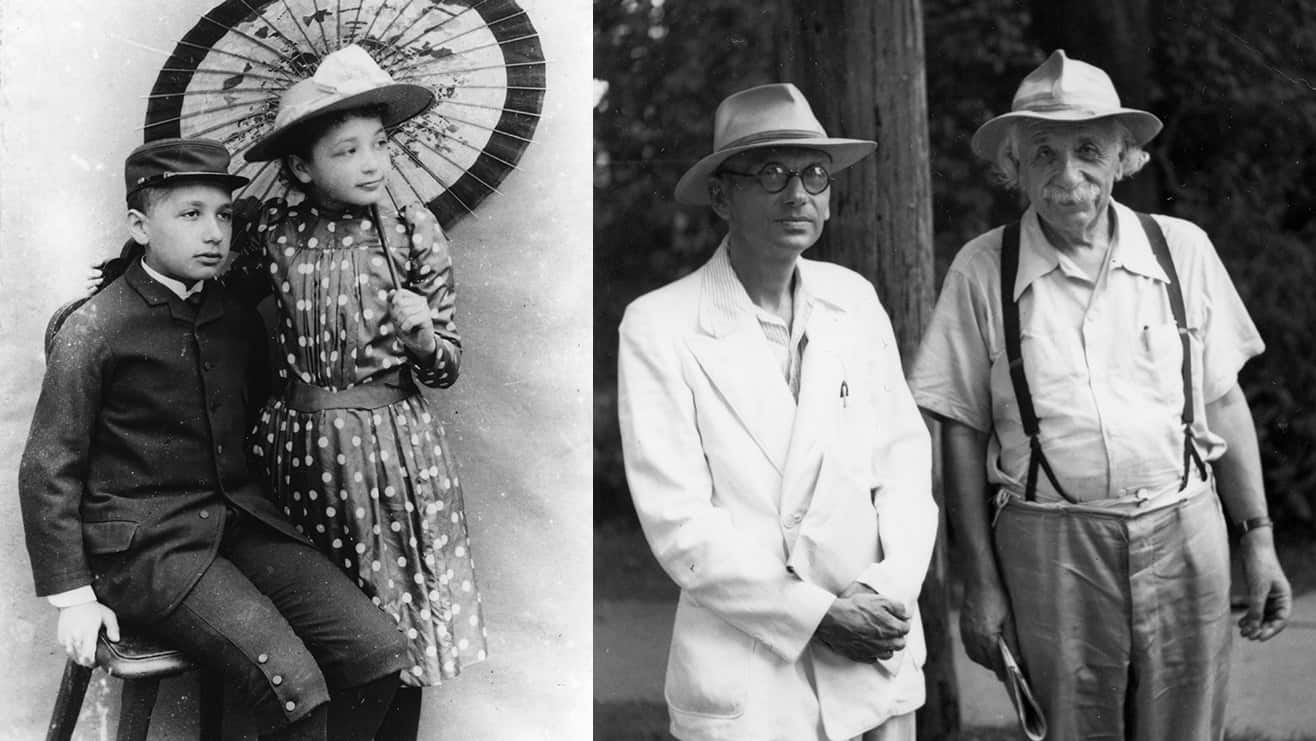As scientists at ISRO gear up for the much-awaited soft landing of the Chandrayaan-3 spacecraft on the Moon‘s surface, the space agency may postpone the touchdown to August 27 in the event that health parameters of the lander module are found to be “abnormal”, a senior official has said.
ISRO had planned the soft landing of the Chandrayaan-3 spacecraft at 06.04 pm IST on August 23.
The Moon mission was launched on July 14 at 2.35 PM IST from Sriharikota.
According to ISRO Space Applications Centre Director Nilesh Desai, the focus of the scientists would be on reducing the speed of the spacecraft above the lunar surface.
“The lander will try to land on the Moon’s surface from a height of 30km on August 23, and its velocity at that time will be 1.68 km per second. Our focus will be on reducing that speed because the Moon’s gravitational force will also play its part,” he told PTI in Ahmedabad.
“If we do not control that speed, there will be chances of a crash landing. If any health parameter (of the lander module) is found abnormal on August 23, then we will postpone the landing to August 27,” he said.
Responding to a query, Desai expressed hope that scientists would try to make the lander module land on the lunar surface successfully.
“The landing begins at 06.04 PM IST. Two hours before that, we will upload the commands. We will do an analysis of the telemetry signal and consider the conditions of the Moon. If any health parameter goes wrong, we will push it to August 27 and will try to land (on that day) if all goes well,” he said.
Observing that the final 17 minutes of the descent of the lander module are “very vital”, he said, “When we begin landing, four-engine thrusters will fire and reduce its speed.” “When the lander is at a height of 800m from the lunar surface, running on two engines, the speed will reach zero. From 800m to 150m, it (lander module) will descend vertically,” he said.
Data collected using the sensors on board the lander module will be very important and, on that basis, the landing site would be chosen, he said.
“We have sensors that would transmit exact information about the speed and distance of the lander from the Moon’s surface,” he said.
“Planning (safe-landing on the lunar surface) has been done keeping various scenarios in mind. We hope to land at 70 degrees latitude safely on the Moon’s South Pole on August 23,” he said.
To another query, he said,” A lot of upgrades have been made this time. Hardware systems are made robust. We will be successful (in soft landing on the lunar surface),” he said.
In case the mission shifts to August 27, he said, “we have chosen another landing site which is 400 km away from the main landing site.” Speaking about Russia’s Luna-25 mission that crash landed on the Moon, Desai said Moscow has a lot of resources and despite that, they failed.
“They were trying to proceed to the South Pole of the Moon. It is normal to be disappointed (since the mission failed). At ISRO, we have been working to make the Chandrayaan-3 mission a success for the past four years,” he said.
“The previous Chandrayaan-2 mission was a failure during soft landing. We have learned from our mistakes. (This time) we have made a lot of changes and added new sensors,” he said.
He said the scientists conducted a lot of field trials and carried out tests in various centres of ISRO.
“We are confident this time. We hope to succeed this time. People’s wishes are also with us.” he said.
Earlier in the day, ISRO said the mission is on schedule and it is smooth sailing for the spacecraft.
“The mission is on schedule. Systems are undergoing regular checks. Smooth sailing is continuing,” ISRO said.
Chandrayaan-3 lander module’s soft landing on the lunar surface would put India in the elite club of countries that have reached the Moon’s surface — the United States, the erstwhile Soviet Union and China.









